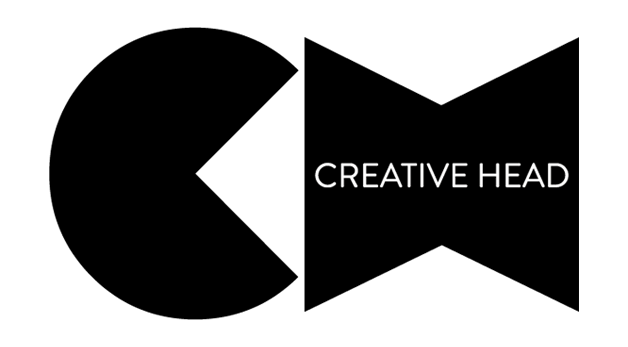What Makes The Ultimate Sassoon Bob? This One Misconception May Mean You’re Doing It Wrong
Mark Hayes, international creative director for House of Sassoon, reflects on the enduring power of the iconic cut.
by | TECHNIQUES

Following ‘Flash Bobs’ in New York and LA, the Vidal Sassoon team stopped traffic on the streets of London, as models sporting signature bob cuts strutted around the capital to celebrate 70 years of the iconic brand.

When Vidal Sassoon conceptualised the bob, it heralded a cultural shift for women to a low-maintenance style, freeing them from weekly salon appointments, stiff lacquered hair and hours under the hood dryer. Sassoon pioneered the idea that hair should be cut to fall into place and follow the natural curves of the face and body. Fast forward to 2024 and the bob is just as commonplace in salons, favoured by celebrities such as Margot Robbie, Jennifer Lopez and Raye, to name a few.
While many would consider it a key ‘trend’, as hair pros it’s a common misconception to think of it as such. “The biggest misconception I hear about the bob is that it’s flat and severe; really the bob is a technique as much as a ‘trend’ – it’s a starting point for so many variations,” says Mark Hayes. “A Sassoon bob isn’t one specific style of bob, it’s the absolute epitome of technique allied to an innate sense for suitability,” he adds.
The basic principles of the bob guarantee the enduring popularity of the style, as it can be cut to pretty much any length on any texture, and modified to suit any face shape. “A Sassoon bob can be cut anywhere from the cheekbones to just above, or slightly touching the shoulders. The emphasis is on a clean swinging line that moves freely with the wearer,” explains Mark. “It’s best cut on super–conditioned hair that shows off the natural texture, that could be straight or through to curls.”
Like many iconic styles, maintenance is key to ensuring the hair looks its best, but with the use of a good styling tool or product, a bob of almost any texture can be altered to suit the mood of the wearer.
Mark suggests that one length and more geometric bobs best suit more solid colour techniques that make the hair appear thicker. “Darker tones work well as they tend to act as a mirror and increase surface shine,” he adds. On graduated bobs, two-tone colouring with darker tones through the underneath will accentuate the dynamic of the shape. Alternatively, layered bobs lend themselves to a more highlighted technique as they will add movement and texture.
Due to fashion’s cyclical nature, the bob look is ever-evolving, building upon references from previous eras. Mark says: “We update the Sassoon bob every season to move it forward,” sometimes with a change of angle, making it rounder or squarer, maybe deconstructing the texture a little.” Whatever the style switch up, one thing is clear – the Sassoon bob is going nowhere.
Related
Welcome To The Circus – Richard Phillipart Talks Technique Behind His Latest Work At Paris Men’s Fashion Week
The Most Wanted 2024 Creative Talent finalist shares how he crafted bespoke looks inspired by the playfulness of circus troupes.
Gorgeously Gritty, Inspiring Vision And Flawless Skill From Richard Phillipart
Politics, culture, bygone eras, personal stories… it all meshed and motivated Richard Phillipart to create two arresting looks back in 2018.
The Revolutionary Rick-Rack Curl
Home-made jumbo setting pins, smooth moves, and a watchful eye – respect the technique, as Lauren Bell aces rick-rack texture for The Coterie: In Session crowd back in 2021.










